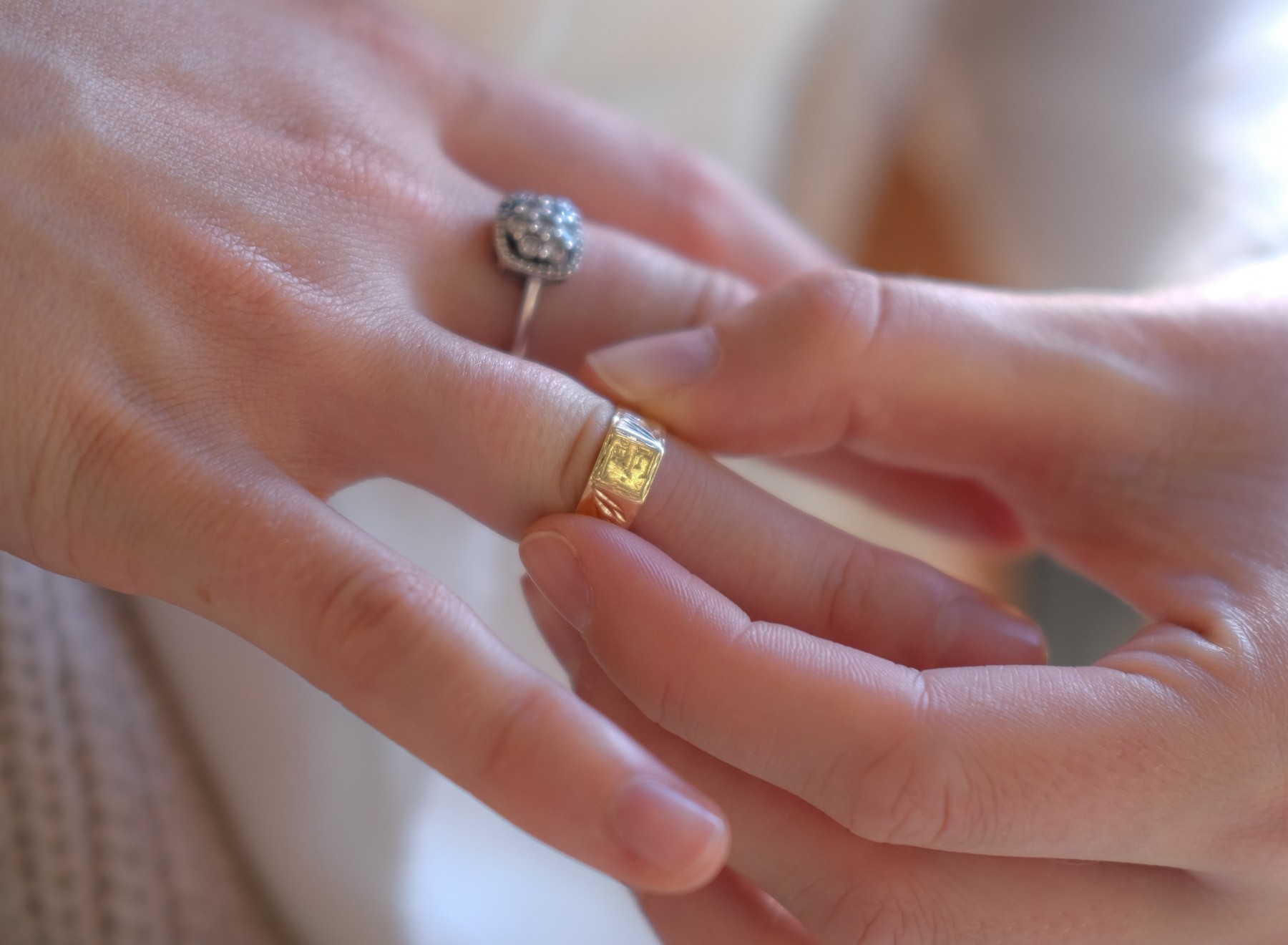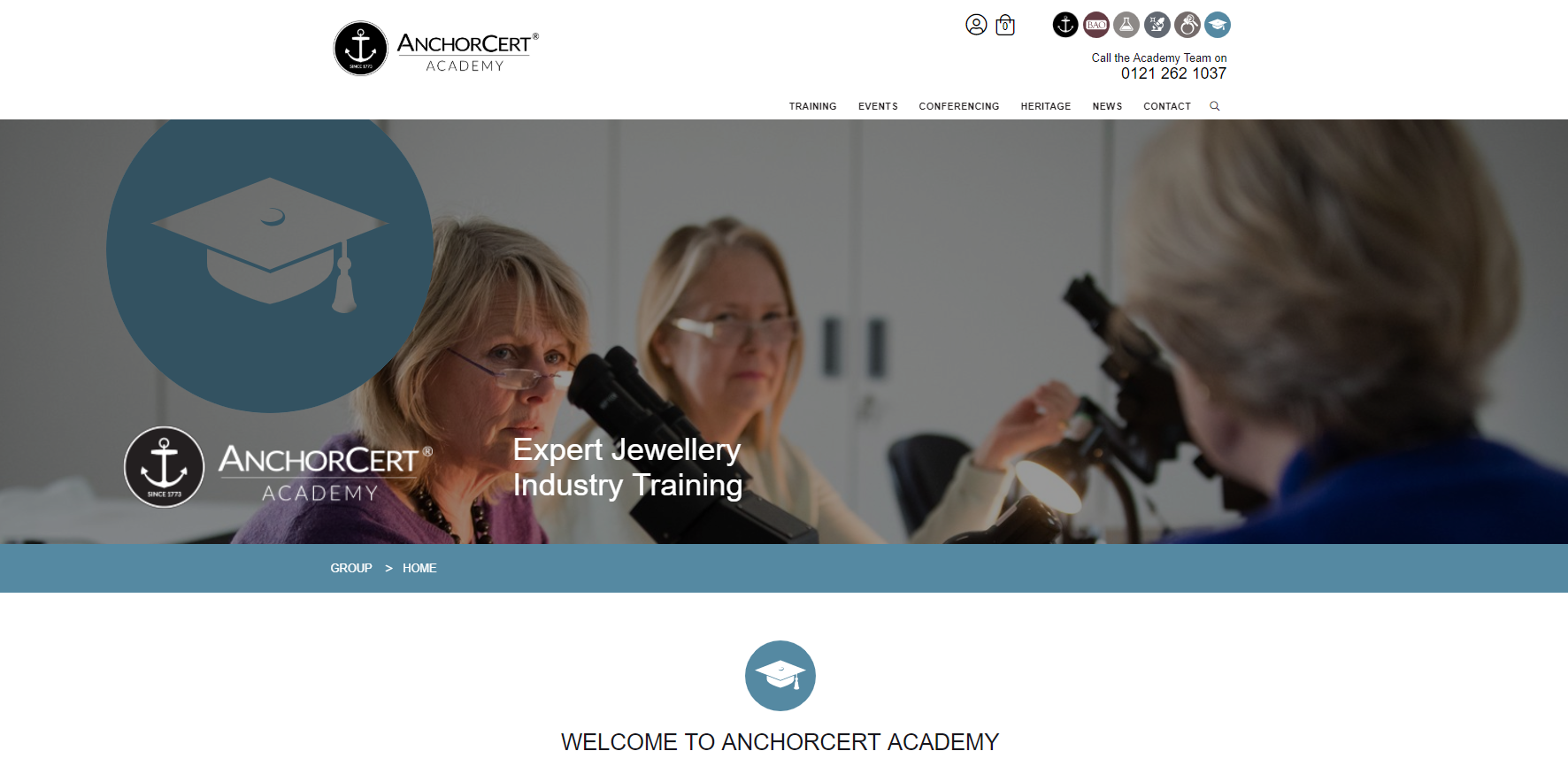ARE YOUR PRODUCTS COMPLIANT?
New restrictions further limiting the amount of Lead in consumer items come into force on 1st June 2016.
Lead is a metal which is toxic at very low levels of exposure. It accumulates in the body, so that regular exposure to even very low quantities may result in harmful levels which can badly damage intellectual and behavioural development of infants and young children. Children are particularly susceptible while their central nervous system is still developing and their tendency to “mouth” or suck things makes them particularly vulnerable.
So, what’s changing?
The European Commission (EC) has published Commission Regulation (EU) 2015/628, amending Annex XVII entry 63 to Regulation (EC) No 1907/2006 of the European Parliament and of the Council on the Registration, Evaluation, Authorisation and Restriction of Chemicals (REACH) as regards lead and its compounds.
The new restrictions are applicable to an article or accessible part of an article that may be placed in the mouth by children if it is smaller than 5 cm in one dimension or has a detachable or protruding part of that size.
‘if the concentration of lead in those articles or accessible parts thereof is equal to or greater than 0,05 % by weight, and those articles or accessible parts thereof may, during normal or reasonably foreseeable conditions of use, be placed in the mouth by children.
That limit shall not apply where it can be demonstrated that the rate of lead release from such an article or any such accessible part of an article, whether coated or uncoated, does not exceed 0,05 μg/cm2 per hour (equivalent to 0,05 μg/g/h), and, for coated articles, that the coating is sufficient to ensure that this release rate is not exceeded for a period of at least two years of normal or reasonably foreseeable conditions of use of the article.’
And what’s covered?
A vast majority of consumer products are covered by this legislative change. In fact, it’s easier to state what ISN’T covered.
New Lead in Consumer Items Restrictions, 1 June 2016 exceptions:
Crystal glass, non-synthetic or reconstructed precious and semi-precious stones, enamels, keys, locks, padlocks, musical instruments, the tips of writing instruments, religious articles, portable zinc-carbon batteries and button cell batteries and articles and parts of articles comprising brass alloys, if the concentration of lead (expressed as metal) in the brass alloy does not exceed 0.5 % by weight.
The regulation is not applicable to articles that are already covered by the following legislation:
- Jewellery covered by Annex XVII of Reach, entry 63;
- Packaging & Packaging Waste Directive 94/62/EC;
- Toy Safety Directive 2009/48/EC;
- RoHS Directive 2011/65/EU;
- Materials and articles intended to come into contact with food Regulation (EC) No 1935/2004
What action is required?
Talk to our team.

AnchorCert Analytical is UKAS accredited to test for lead content. And we offer two solutions for your business. A full test or our unique Quick Lead test, which means that we can issue reports in just 5 working days.
Talk to Business Development Managers, Tim Smith (0121 262 1036) and Vikki Vallender (0121 262 1067), email us at testing@theassayoffice.co.uk or visit our website.
Your item has been added to the basket
You need to create an account, or login before you can add this item to your basket.









